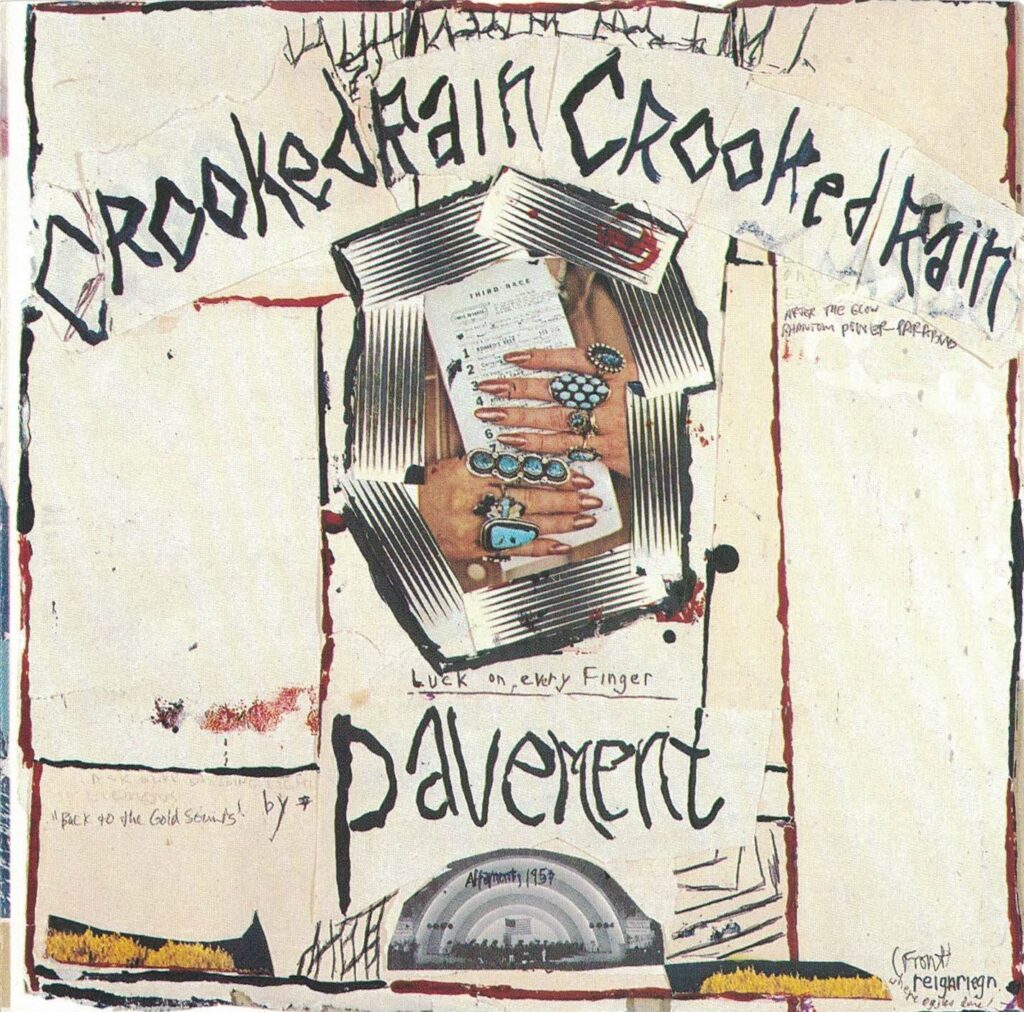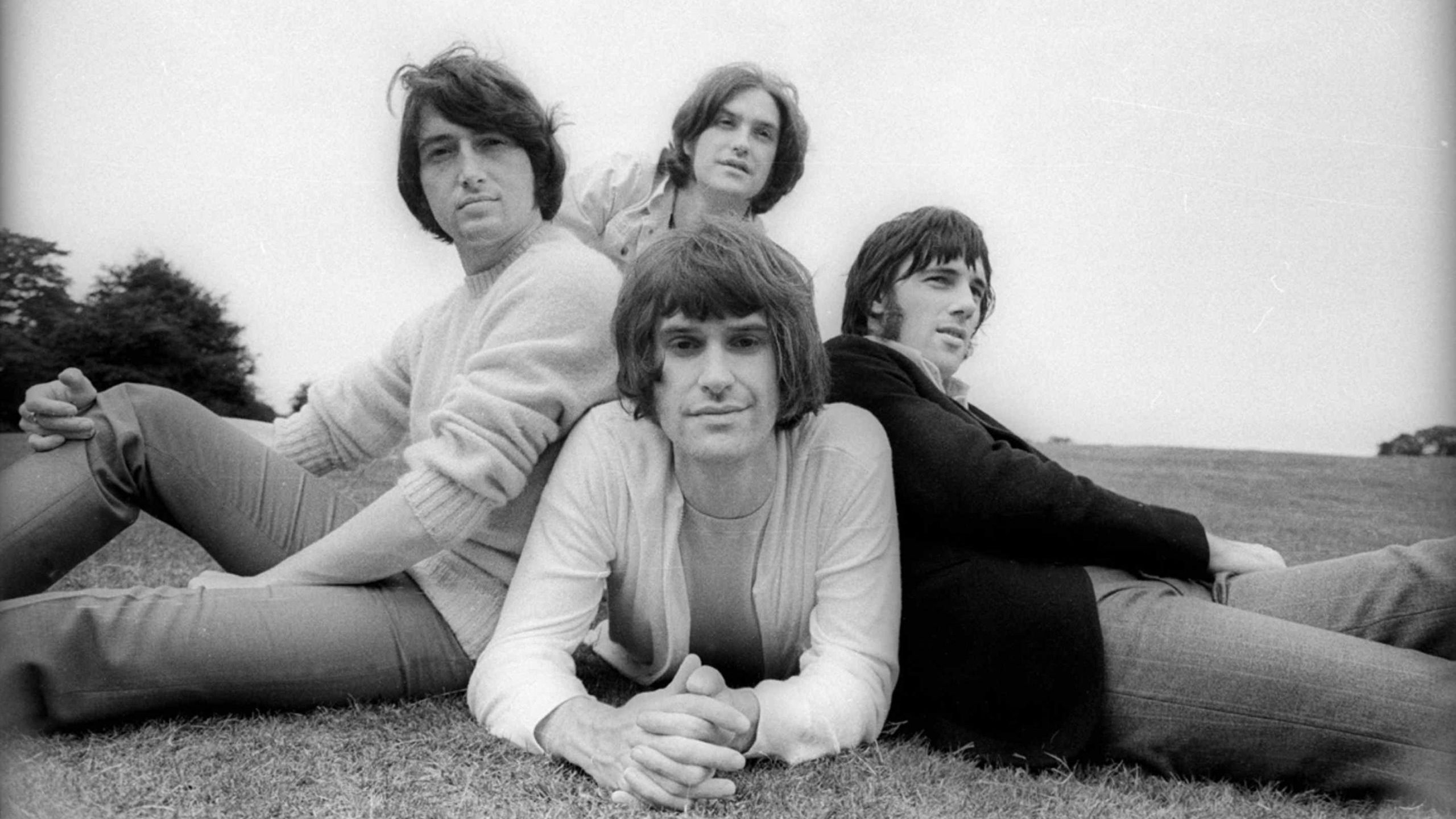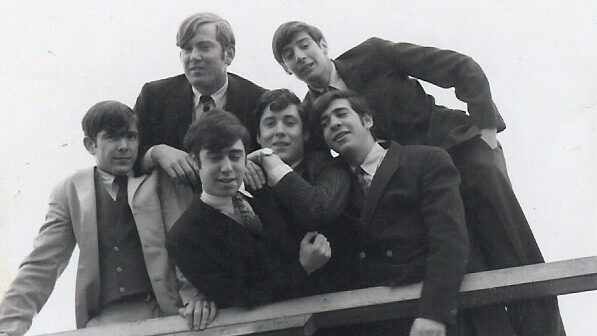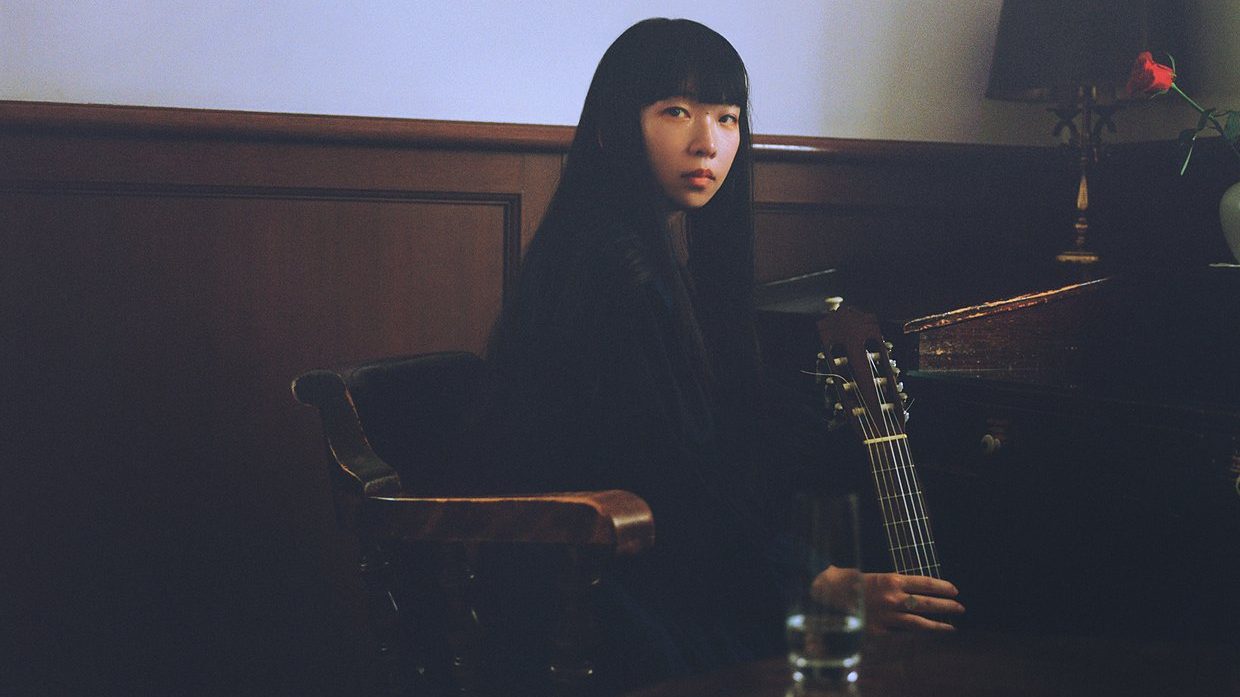
Pavement’s second LP is an unqualified masterpiece. Built on jagged hooks and sharp lyrics – with charisma to spare – it would provide the group its closest brush with mainstream success, and stands as one of the most beloved of all American indie rock records.
During the spring of 1994 – the second semester of my freshman year of high school – my friends Phil and Randy and I got into a semi-weekly routine of going to the Flagstaff Mall on Sunday afternoons. I’d generally have a $20 bill in tow, earned from working the previous day with my dad, and – if I thought ahead – I’d bring an extra three cents. Invariably, our first stop was the Wherehouse music store, and each week, I’d add another CD to my small-but-growing collection. I still own the albums that I bought in those weekly excursions, though I haven’t listened to most of them in years: Green Day’s Dookie, Live’s Throwing Copper, Counting Crows’ August and Everything After, Toad the Wet Sprocket’s Dulcinea, Stone Temple Pilots’ Purple, Sonic Youth’s Experimental Jet Set, Trash and No Star. More often than not, a newly-released CD would sell for $15.99, and with Flagstaff’s 6.5% sales tax, the total would come to $17.03. My remaining $3 would be spent on some combination of Sbarro pizza/soda and a game or two at the video arcade adjacent to the food court. At some point thereafter, one of our moms – usually mine – would come pick us up and take everyone home.
As that spring turned to summer, our mall trips became less frequent. Phil had bought a guitar, Randy was saving for one, and though I now worked most days with my dad, I was hoarding my cash, planning to upgrade my Westone bass to a new Fender. Instead of going to the mall, an ideal get-together now consisted of making crude recordings, utilizing a dual-cassette “karaoke machine” with a microphone input. We’d spend an afternoon in my bedroom, huddled around this repurposed toy that gave us “multi-track” (not really) capability, and then – if we were proud of what we’d done – walk up the hill to my friend Jack’s house to show off our latest work.
Fast-forward a year: Phil and Randy had both exited the scene, done in by a combination of difficulty at school, pot, their almost-comic ability to get caught doing stupid shit, and their parents’ collective incompetence – the latter of which ultimately turned molehills into mountains. I temporarily grew to resent my own parents a bit, not because they had distanced me from an increasingly toxic and complicated situation, but because the result of their interventions meant the end of my “band”: the only thing in the world that I really cared about all that much.
Consequently, the summer of 1995 was quite a bit different from the preceding one. Jack was still in the picture, but being two years older, he was a short-timer, leaving in August to attend the University of Arizona (or as he calls it, UC Tucson). We’d hang out regularly – often with my older brother and his friends, who had also just graduated – but there was always an air of fatalism about those evenings, as I was the only one who’d be returning back to Sinagua High School in the fall. Most everyone else that I knew had either graduated or dropped out.
On one of those nights, toward the end of the summer, Jack brought a CD over to my house to listen to before we headed to the bowling alley. In particular, he had wanted me to hear the fourth song, as he knew that its shouted refrain of “NO BIG HAIR!” would get a laugh from me; both of us had a healthy disdain for what we called “big hair” (or simply “hair”) music, and would generally scoff at any guitar work that leaned too far into virtuosity. I wasn’t yet sure what to make of the song, but it was as if the guys who had made this album, with its ugly, amateurish cover, were in on our joke. I talked Jack into letting me borrow it.
There were three songs on the disc that grabbed me right away. In addition to the “NO BIG HAIR” part, I really liked the “ooh ooh ooh” vocal hook of the one that Jack had shown me. Then there was the louder track toward the middle of the album that seemed to contain something of a dig at Southern California. Since Flagstaff in the nineties was besieged by “SoCal” transplants – Phil and Randy had both arrived from there in the summer of 1993 – it resonated with me. The song after that – the one with the jangly guitars – was also a keeper. Unfortunately, with his departure for Tucson imminent, Jack retrieved the CD from me on short notice, before I dubbed it to cassette.
As had been the case the previous summer, I was still working with my dad, and still saving money for music equipment. I had been a bassist while playing with Phil and Randy, but my hope was to start a new band as a guitarist. I figured that by working most days I could save enough cash to buy a decent guitar and amp by the start of the new school year, but with the caveat that I’d have to hold off on buying CDs. The thing is, I had really liked those songs, and I really wanted that album with the ugly cover.
At some point between Jack leaving town and me returning back to school, I found myself at the Flagstaff Mall. I had gotten a ride from my mom, who was going to Dillards. I’d just have to walk to the other end of the mall to the Wherehouse while she shopped, and accept any extra time that I had to stand around waiting for her to finish. It was a weeknight. Late. The mall was mostly empty. I found the album with the ugly cover right away, but skipped through the racks for another twenty minutes before heading back to Dillards.
My mom was seemingly just getting started when I got back. If I remember correctly, she was looking for back-to-school clothes, mostly for my younger brother, though she undoubtedly tried to get me to agree to a few things that she picked for me (this was a frequent struggle). She commented that the CD I bought had an ugly cover. After what seemed like an eternity, a cashier gave the announcement that the store would be closing in ten minutes.
I don’t remember how many days or weeks were left before school started. Twenty-seven years later, the summer of 1995 has relatively few mileposts by which to remember specific details – at least compared to the ones that surrounded it. Though I spent most days working with my dad, many afternoons as a spectator at my younger brother’s baseball games, and plenty of nights hanging out with my older brother and his friends, in the mind of a teenager, it was mostly a lonely, listless summer. I was between friend groups. Between bands. Halfway through high school, I had no involvement in extracurriculars, sports, or anything that would keep me connected to others at school over a prolonged break. It was the kind of summer in which going to the mall to buy a CD was actually one of the more memorable moments.
However much time was left in that summer, I’m certain that I spent a good amount of it listening to that album with the ugly cover. As I mentioned before, I felt like I understood some of it right away. The rest I would come to understand in time. Though I didn’t realize it yet, the album was more “me” than anything I had ever heard before; not the person who I was, but the one that I was supposed to be in the process of discovering. This album was wistful. It was shy. It was ponderous. It was smart. It was almost embarrassingly sentimental. It could be cryptic. Its default mode was sarcastic. It was impulsive. It laughed at its own jokes. It could be cynical at times. It came off as aloof. From a distance it appeared lazy, but it had a sharp attention to detail. And it had an exterior that seemed off-putting.
When school resumed, I got around to meeting some new people, turned a few acquaintances into friends, and actually put a new band together within a matter of weeks. I hadn’t saved enough money to buy a suitable guitar yet, so I ended up having to sell the Fender bass that I had bought the year before. In this case, making the switch to something new meant giving up something old.
I was the secondary guitarist/songwriter in the first incarnation of that band, which meant that our other guitarist, Steve, set the initial direction for our sound. We parted ways with Steve after a couple of months and a pair of lackluster shows, and I became the de facto leader of the band. I was still really into the album with the ugly cover, but in the intervening months, something shinier had caught our collective eye in the form of Smashing Pumpkins’ opus, Mellon Collie and the Infinite Sadness. Consequently, our new songs sounded more like bastardized versions of the Pumpkins than anything else.
Every five years or so, I inexplicably get the urge to listen to the old recordings that I made with that band, and every time they sound forced. I never get too down on my sixteen-year-old self though. After all, self-discovery is hardly a linear process. However, I can’t help but wonder why I didn’t see the infinitely better model right in front of me. Perhaps it was that ugly cover.




